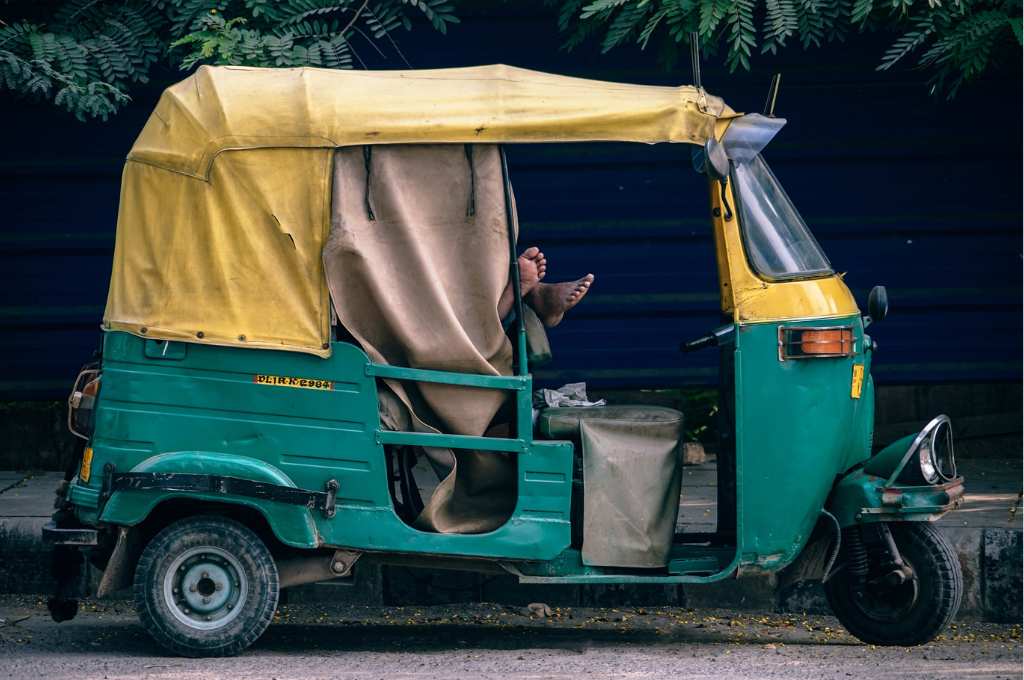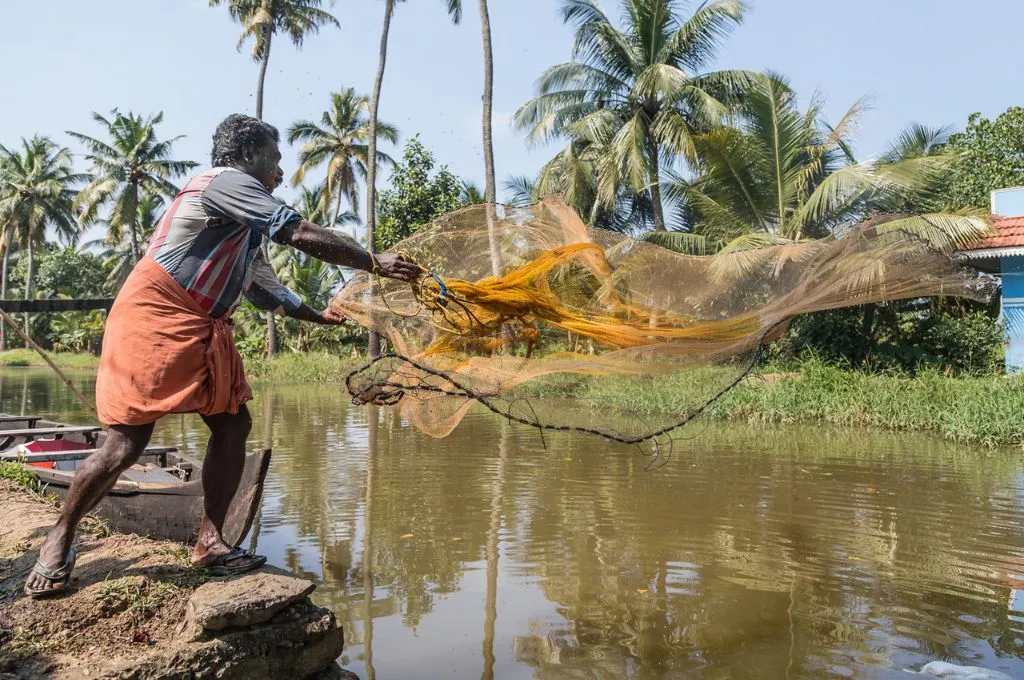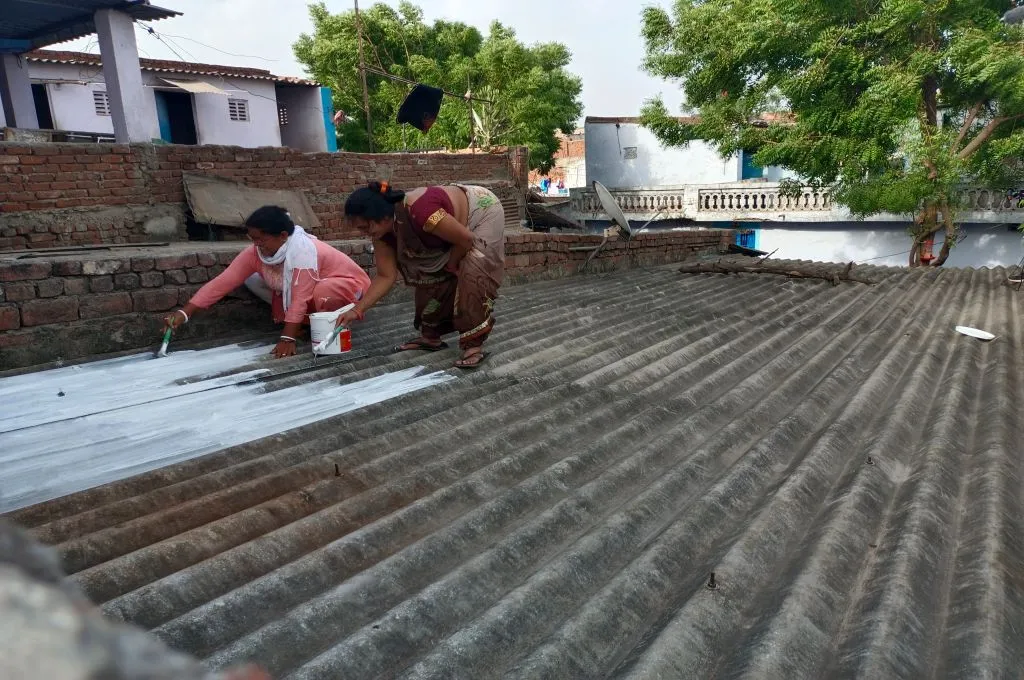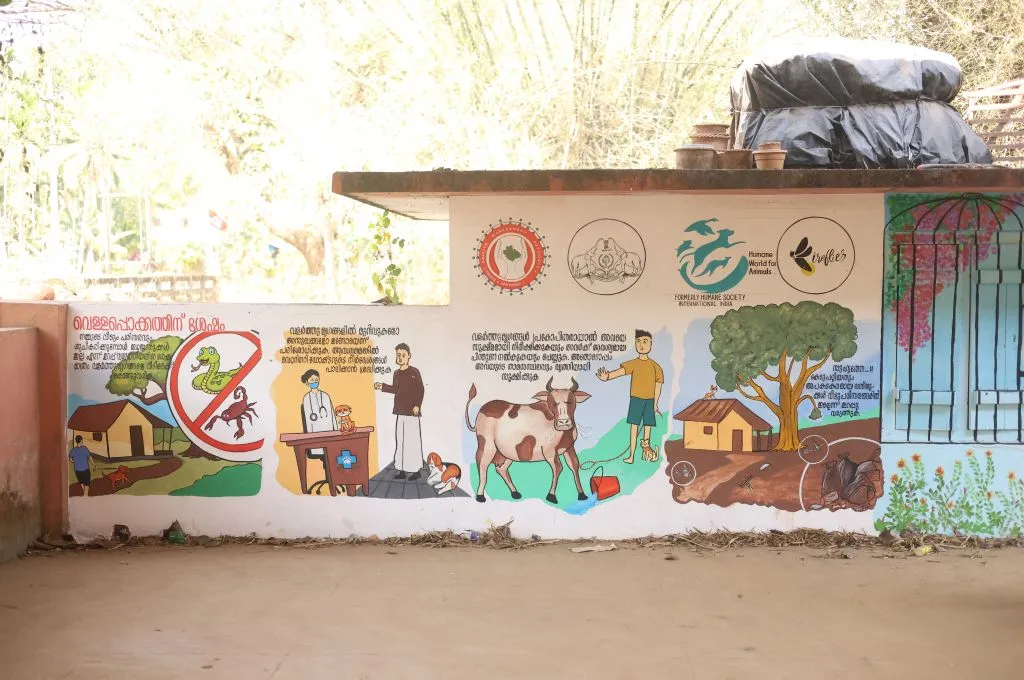This summer, India faced one of its deadliest and longest heatwaves on record, with temperatures soaring past 45°C across many regions for days on end. According to data from National Centre for Disease Control, heat claimed 143 lives between March 1 and June 20, with more than 41,000 cases of heatstroke reported. However, media reports suggest the death toll could be much higher, with some estimates reaching up to 209. A report by the nonprofit Centre for Holistic Development claimed that approximately 192 homeless individuals died from the heat in just nine days in the National Capital Territory (NCT) this month, highlighting the significant underreporting of heat-related deaths in India. Regardless of the exact number, the impact of heat has been evident, disrupting daily life and causing widespread illness, fatalities, early school closures, and water shortages nationwide.
The relentless heat triggered a series of promising but ad hoc responses, although these remain few and far between. Delhi, for instance, declared paid breaks for outdoor labourers for three hours in the afternoon. Central hospitals have been instructed to build heatwave units to provide immediate care for those affected by heat-related illnesses. Some hospitals have already set up heatstroke rooms. In some places, cool roof initiatives—which involve coating the roofs with reflective paint—are being piloted to reduce indoor temperatures.
These measures are a welcome start and will hopefully set a precedent, but they fall short of a systematic response that helps the country get ready for a future marked by more intense and longer-lasting heatwaves. Preparing for future heat demands a re-envisioning of how we live and work in an increasingly warmer world, how we build our cities, how we treat nature, and how we implement other structural changes—all of which comes with a hefty price tag.

Financing heat-related policy
There are several obstacles to financing heat actions in India. To begin with, Heat Action Plans (HAPs), which are a central feature of India’s heat planning, remain underfunded.
These policy documents outline a range of heat-resilience activities—from infrastructure upgrades such as cool roofs to long-term nature-based strategies such as urban greening, which refers to the practice of incorporating vegetation and green spaces into urban environments. This can include planting trees and creating parks, community gardens, and green walls. Additionally, these documents assign responsibilities to various departments. However, our assessment of 37 HAPs found that only two identified viable financial sources for implementation. Most plans ask local government departments to secure their own funding. Without funding or a strong legal mandate, low-capacity local governments often push these plans down their priority list.
The underfinanced nature of these plans also means that heat actions are often implemented only sporadically, driven by a spike in local attention or by enterprising bureaucrats. Take the NCT of Delhi, for instance: Its draft HAP was released in 2023 but wasn’t notified. This changed in 2024 when Delhi’s deadly heatwave garnered intense media attention, leading to increased government focus and public scrutiny. As a result, the HAP gained prominence, prompting some departments to take action. This reactive nature of the plans typically results in short-term, low-cost measures like cooling centres being funded, while long-term solutions, which require more investment, are not discussed. These critical long-term solutions, such as urban greening or wetland restoration, are essential to prepare the country for increasingly severe heatwaves. These must be implemented now to yield future benefits.

Strategies to combat extreme heat
To prepare for future heat, India must come up with a viable pathway that involves a combination of three things: using government budgets to kickstart action, launching experimental heat resilience projects, and leveraging private and social sector interest where possible. International examples illustrate how each of these methods can be put into practice; India’s challenge is to integrate them into a cohesive financial strategy.
1. Effectively utilising government funds
Building long-term resilience to heat is only possible if heat-related issues are given more attention in government functions. This can be achieved by reallocating existing budget lines and establishing dedicated heat financing mechanisms in central and state budgets. Traditionally, heat has not been a priority in budgetary allocations, but some governments have taken steps to address this. For example, in the US, California has carved out a USD 300 million general fund in its budget for long-term heat resilience, while the Biden administration has earmarked USD 4.55 million under the Inflation Reduction Act (IRA), the largest climate investment fund in US history. These IRA funds are meant to help improve data collection on extreme heat and support communities in planning and evaluating community-led heat resilience projects.

In India, a similar funding structure exists in the form of the State Disaster Response Fund. States that declare heatwaves as a local disaster can utilise up to 10 percent of this fund for post-heatwave relief. Many have advocated for heatwaves to be included in the list of notified disasters under the Disaster Management Act 2005, which would unlock funds from the National Disaster Response Fund and National Disaster Mitigation Fund, thus providing a stronger financial basis for these plans. A bill proposing this was introduced in the Parliament in 2015 but is yet to be passed.
A major hindrance in the way of heat being listed as a notified disaster is the underreporting of heat related deaths in India. This is mainly due to clinical issues in attributing the cause of death to heat, masking its true toll on health. Mechanisms to measure economic losses, such as decline in agricultural and labour productivity, also remain underdeveloped. This leaves a glaring void in data, making it seem that heat operates in silence.
Yet, the impact of heat is far from silent. We’ve witnessed roads melting, crops withering, and hospitals overwhelmed with heat-related illnesses. The Disaster Management Act specifies that a notified disaster must be of such severity that it goes ‘beyond the coping capacity’ of the community. This capacity has been tested and exceeded repeatedly in recent months with heat becoming more visible than ever, affecting those without the coping capacity the most. To deal with heat as a disaster, India must urgently learn to accurately measure heat damages and rethink how it classifies and responds to such events.
While heat is mainstreamed into budgets, the country should embark on a series of stand-alone, experimental projects to bolster heat resilience efforts. Governments worldwide have adopted independent programmes to enhance urban heat resilience. For instance, a city council in Colombia initiated a USD 16.3 million Green Corridor Project, resulting in the development of 30 green corridors along the city’s roads and waterways, which helped to cool down the city.
India should also utilise its existing policy structures to push such heat resilience projects. Centrally sponsored schemes (CSSs)—which are primarily funded by the central government and implemented by state governments, with some state contributions—offer a promising opportunity. With more than 10 percent of the Union’s total budgetary allocation for 2023–24 directed towards them, CSSs command substantial financial muscle. Our analysis found that 18 CSSs have linkages with heat resilience activities listed in the HAPs. For instance, MGNREGA could be used to enhance heat resilience by constructing groundwater recharge structures, undertaking roadside tree plantations, and maintaining existing water bodies. Interestingly, seven of the 18 CSSs, including major schemes such as MGNREGA, AMRUT, and JJM, could unlock finances for the majority of heat interventions in HAPs. A few strategic tweaks to these schemes could yield significant resilience gains. While CSSs could serve as an entry point for heat financing, ultimately, heat resilience must become a key part of all developmental plans, forming the foundation of the strategy to combat heat.
2. Finding opportunities in the private sector
Another potential avenue lies within the private sector, albeit with challenges. The private sector has contributed in certain regions, such as Karachi, Pakistan, where the Start Network implemented a disaster risk financing approach in 2020, releasing pre-agreed funds for heat contingency plans during forecasted heatwaves, helping implement mitigation measures before the heatwave struck.
Similarly, in India, a collaboration between Arsht-Rock, Self-Employed Women’s Association (SEWA), and Blue Marble resulted in the creation of the Extreme Heat Income Micro-Insurance to assist women in recovering income lost due to extreme heat events. In May 2024, when temperatures crossed the heatwave threshold for multiple days, a sum as large as USD 340,000 reached 46,000 women. These women predominantly work outdoors, and so this financial assistance allowed them to consider avoiding work during dangerous heat conditions without fearing for their daily income and the additional medical costs that heat typically brings. However, like most insurance schemes, the viability of such initiatives remains uncertain in the future when payouts become massive, especially without integration into broader social security frameworks in the country.
3. Leveraging social sector partnerships
The social sector is an important link in scaling up heat resilience initiatives and ensuring they make a real difference on the ground. Civil society organisations (CSOs), with their deep-rooted connections to local communities, play a key role in helping government initiatives reach the last mile and in making sure funds, where available, reach those who need them most.
Partnerships between CSOs and the government can help local implementers achieve last-mile delivery of their initiatives. For example, as part of Jodhpur’s HAP, Mahila Housing Trust and Natural Resources Defense Council conducted awareness campaigns on cool roof initiatives targeted at women in low-income households. These were aimed at increasing adoption and ensuring that funds directed towards the initiative reach its intended audience.
The private sector has also leveraged the on-ground presence of these CSOs to channel funds to the most vulnerable. For instance, the 46,000 women who benefitted from the insurance scheme in India were all members of SEWA, a grassroots organisation working with women from marginalised backgrounds. SEWA, along with its partner organisations, plans to scale this programme to include all 2.9 million of its members eventually.
Domestic philanthropies must also take the lead in bridging gaps in heat financing. With India only beginning to experience the tip of the iceberg in terms of heat impacts, philanthropies must urgently align their funding towards long-term climate resilience. Investing in long-term heat resilience projects, through both research and community-led initiatives, is crucial to secure a cooler and safer future for India’s vulnerable populations.
With temperatures reaching record highs every summer, we are fast approaching our limits of adaptation. To avoid a future where the consequences of inaction become irreversible and adaptation limits have long been surpassed, we must invest in heat resilience now.
Aditya Valiathan Pillai and Sonali Verma contributed to the article.
—
Know more
- Read this article to learn more about the need for effective Heat Action Plans (HAPs).
- Read this policy brief and report on how India is adapting to heatwaves.
- Read this article to find out more about financing HAPs.




